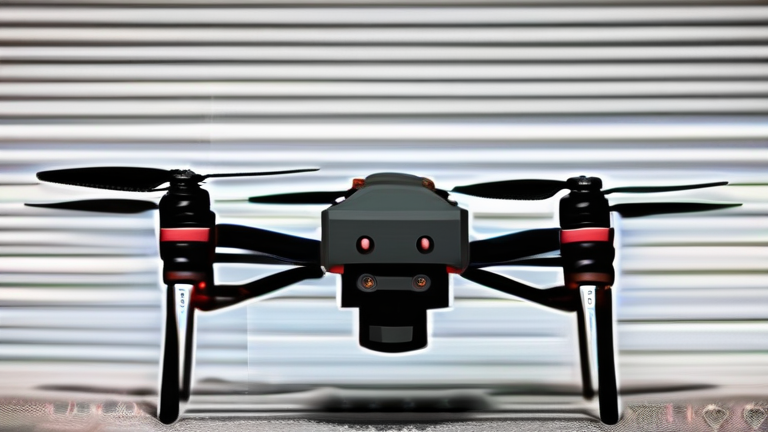How to Build a DIY Weather Station
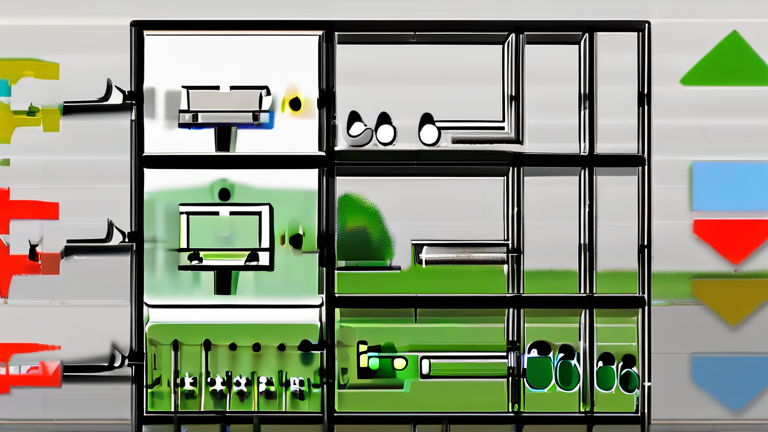
How to Build a DIY Weather Station: A Step-by-Step Guide
Introduction
Building a DIY weather station can be a fun and rewarding project for anyone interested in meteorology, engineering, or just monitoring the weather. With a DIY weather station, you can track temperature, humidity, wind speed, and other weather conditions from the comfort of your own home. In this article, we'll guide you through the process of building a simple and effective DIY weather station. Read more
Materials Needed
Before you start building your DIY weather station, you'll need a few basic materials. These include:
- A microcontroller board (such as Arduino or Raspberry Pi)
- A temperature and humidity sensor
- A wind speed sensor
- A rain gauge
- A barometer
- A solar panel or power supply
- Jumper wires and connectors
- A weather-resistant enclosure
- A display screen or monitor
- Use a waterproof enclosure to protect the equipment from the elements.
- Add a wireless communication module to transmit data to a remote location or the internet.
- Use a solar-powered system to reduce energy consumption and extend battery life.
- Add additional sensors to track other weather conditions, such as wind direction or UV radiation.
- Build a mobile weather station to take with you on the go.
Having all the necessary materials before you start will ensure that your project is completed smoothly and efficiently. Read more
Building the Weather Station
Once you have all the necessary materials, it's time to start building your DIY weather station. Here's a step-by-step guide to help you get started:
1. Assemble the microcontroller board and attach the sensors: Connect the temperature and humidity sensor, wind speed sensor, and rain gauge to the microcontroller board according to the manufacturer's instructions. 2. Add the barometer: Attach the barometer to the microcontroller board and connect it to the sensors. 3. Add the solar panel or power supply: Install the solar panel or power supply to provide power to the microcontroller board and sensors. 4. Assemble the weather-resistant enclosure: Use the weather-resistant enclosure to house the microcontroller board, sensors, and display screen. 5. Add the display screen or monitor: Install the display screen or monitor to display the weather data in real-time.
By following these steps, you'll be able to build a functional and accurate DIY weather station. Read more
Tips and Variations
Here are a few tips and variations to consider when building your DIY weather station:
By considering these tips and variations, you can customize your DIY weather station to meet your specific needs and preferences. Read more
Conclusion
Building a DIY weather station can be a fun and rewarding project that provides valuable insights into the weather. By following the steps outlined in this article, you can build a functional and accurate weather station that tracks temperature, humidity, wind speed, and other weather conditions. Remember to choose the right materials, follow the manufacturer's instructions, and consider tips and variations to customize your project. With a little creativity and engineering know-how, you can build a DIY weather station that meets your needs and enhances your understanding of the weather. Read more
Popular posts

How to Build a DIY Weather Station

10 Ways to Make Money Online You Sh..

Why Some DIY Projects Are Easier Th..

10 Best Web Hacking Tools You Need ..

How a Simple PDF Can Earn You Passi..

What is Phishing - How to Spot and ..
_sagetech.jpeg)
This Free AI Tool Writes Codes and ..

How to Think Like a Scientist
_sagetech.jpeg)
Get Unlimited Traffic - Best Websit..

The return of static websites in en..
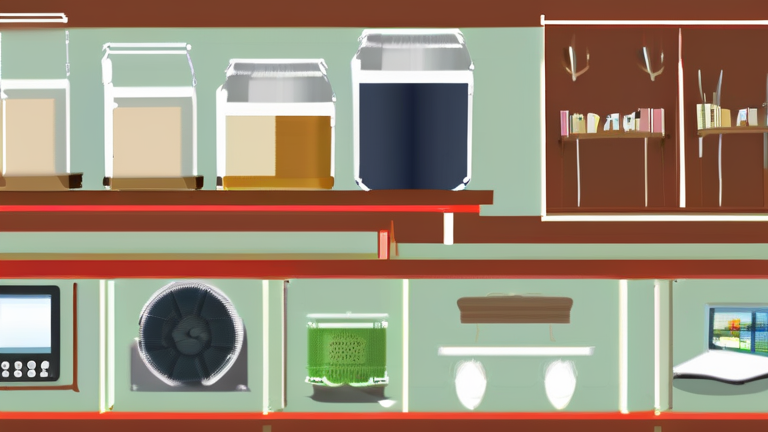
DIY projects for off-grid digital l..

How Teens Are Earning $50k a Month ..
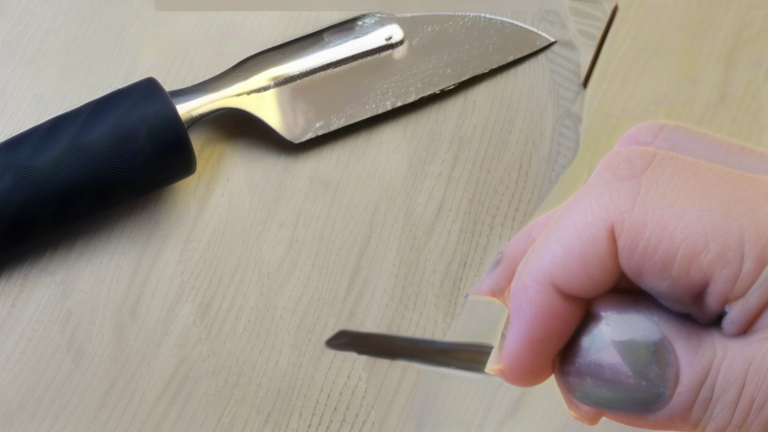
How to Make Your Own DIY Natural Si..

How to Make Money with AI in 2025 (..
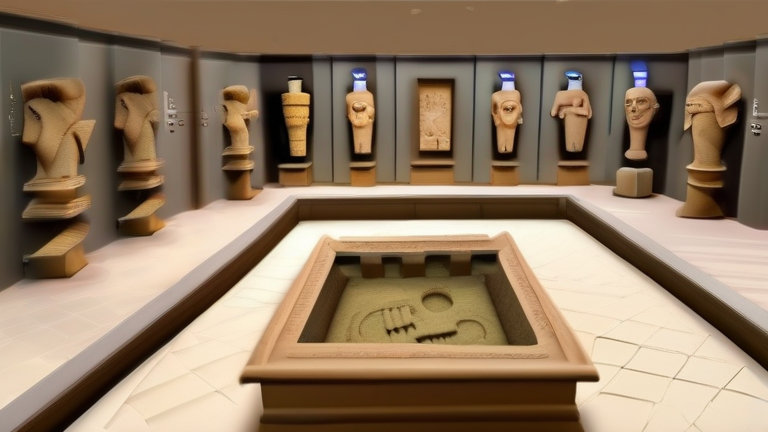
AI-generated fake archaeological fi..
/the_hidden_side_of_tech_blogging_no_sagetech.jpeg)
The Hidden Side of Tech Blogging No..

AI-generated fake expert opinions
